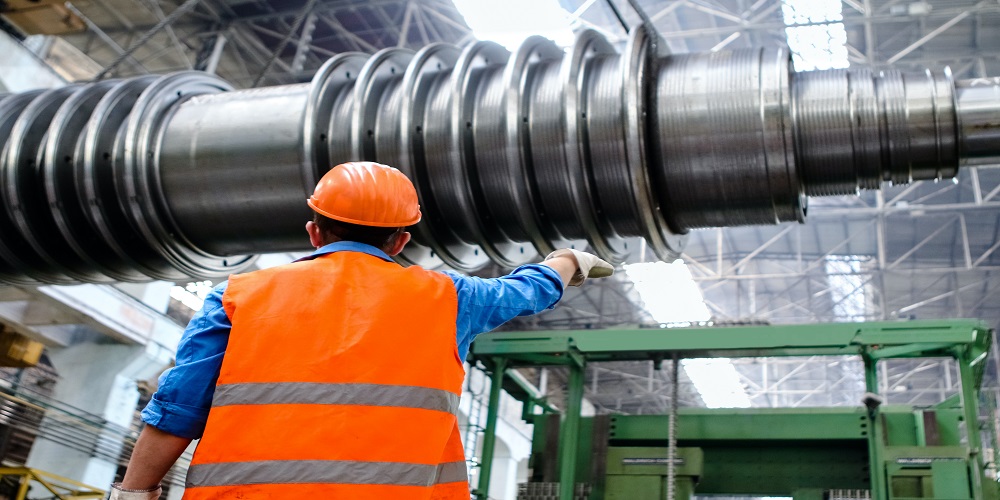In the industrial process known as cold forging, a metal component is compressed into the correct shape without being heated over its recrystallization temperature. Other names for this procedure are cold heading and cold shaping. A metal blank, frequently in the form of a wire or a bar, is subjected to pressure using a die during the process of cold forging in order to be shaped into a particular shape. The chamber of the die, which is constructed of hardened steel, is shaped to correspond with the required part’s form. The metal is then pressed into the hollow of the die, where it assumes the shape of the die. Visit www.cxinforging.com to learn more about the most efficient production methods.
Uses of Cold Forging
Many metal items, such as screws, bolts, nuts, fasteners, and automotive parts, are made by cold forging. It is also the best way to produce components with high accuracy and consistency since no heat is used on the metal throughout the process, and there is no chance of material degradation as a result of heat.
With this method, it is possible to create intricate forms with precise tolerances and superior surface qualities.
Automotive Industry
Several different automotive elements, including parts for the engine and gearbox, the steering and suspension, and the brake system, are produced using cold forging. Examples include drive shafts, camshafts, bearings, and gears.
Aerospace Industry
It is utilized in the creation of parts for fasteners, landing gear, and turbine blades for aeroplanes and spacecraft.
Electrical Sector
Cold forging is a practical option for producers of electrical contacts, connectors, and terminals.
Medical sector
It is in charge of making dental implants, surgical tools, and other medical gadgets.
Construction Sector
Cold forging is the greatest option for producers to choose when producing different building components like bolts, screws, and other fasteners.
Sporting Goods Industry
Golf clubs, bicycle components, and weapons are just a few of the recreational equipment that is made using cold forging.
What Makes Cold Forging Stand Out?
The ability to create premium metal components with great surface polish, dimensional precision and mechanical qualities makes cold forging stand out. Cold forging, in contrast to other forming techniques, involves shaping metal at or near room temperature, which has various benefits, including:
- Increased strength and durability: The mechanical qualities of the finished product may be greatly improved by cold forging, increasing its strength and toughness.
- High precision: Cold forging is perfect for producing high-precision components because it can generate complicated forms with tight tolerances and great surface quality.
- Reduced material waste: Cold forging requires less material, which can result in cost savings and a reduction in material waste.
- Lower production costs: Cold forging can result in lower energy usage and manufacturing costs because it uses little to no heat.
- Environmentally friendly: Compared to other processes, cold forging has a lesser environmental effect.
Conclusion
A number of sectors can employ cold forging, which is a flexible and popular production technique. High accuracy, great surface quality, and increased mechanical qualities of the finished product are only a few advantages of the procedure. Tight tolerances and complicated forms are also possible with cold forging. Cold forging is anticipated to play an increasingly significant role in the production of high-quality metal components as manufacturing technology continues to advance.
